Meet Alissa Wilstein | Scenic Designer
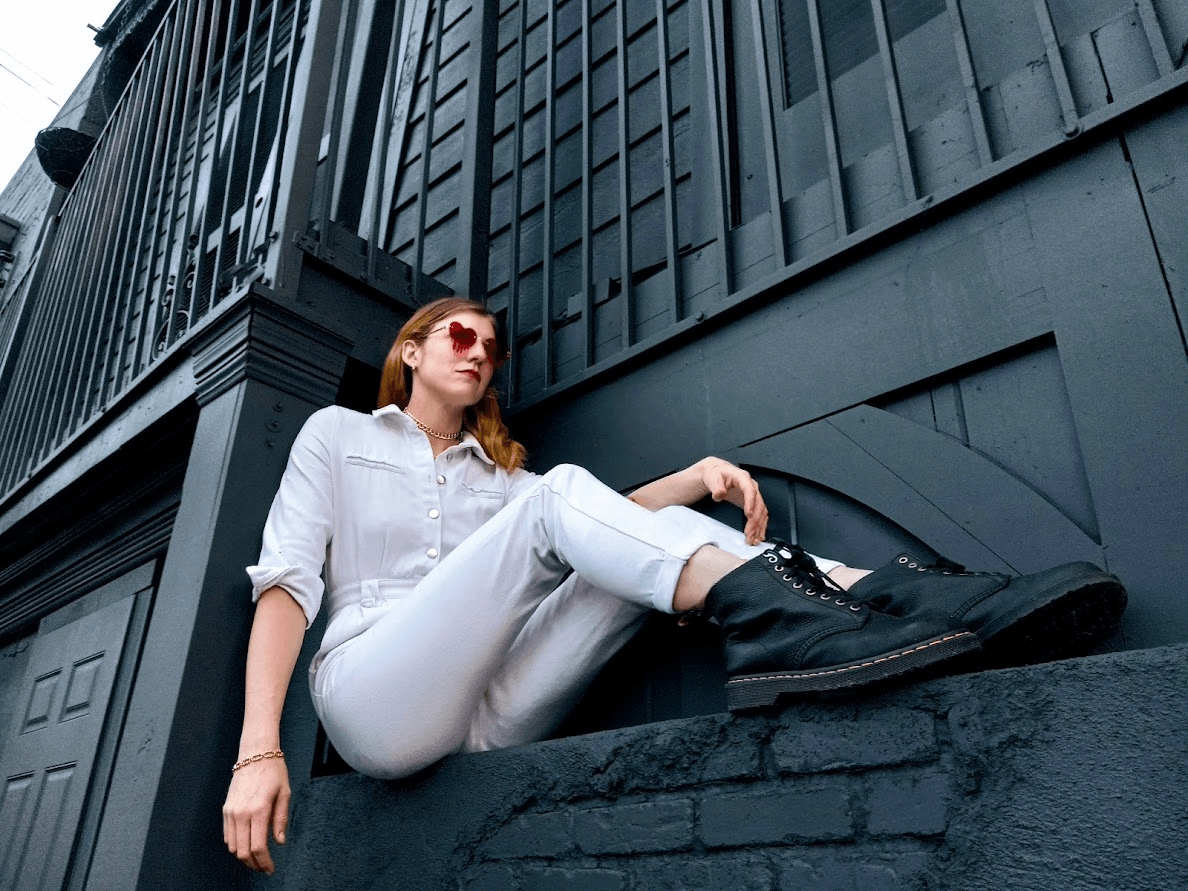
We had the good fortune of connecting with Alissa Wilstein and we’ve shared our conversation below.
Hi Alissa, what led you to pursuing a creative path professionally?
Because when you ignore your calling, your calling comes knocking. Themed entertainment arts has been my dream job since childhood, though I spent a good chunk of my life trying to convince myself otherwise. I thought art was something I needed to keep on the side, worried that if I tried to do it professionally, it would turn into pressure, burnout, a grind. Turns out the real burnout was pretending I didn’t want this the whole time. Getting here wasn’t exactly easy, but it got easier the moment I went with the flow. Yes, this field can be physically demanding, stressful, and unpredictable — but compared to the slow drain of jobs that didn’t fit, this feels natural.
What I didn’t expect is how much I enjoy working on other people’s visions — often even more than my own. I’m stuck with my ideas all day; I already know what they look like. Helping a client or director pull something out of their head and into the real world? That’s the thrill, especially when they don’t quite know what that vision is yet. It’s a kind of quiet magic — building the thing they couldn’t name until they saw it. Sometimes I get a fully formed concept, sometimes just a feeling or a sketch on a napkin. Either way, the best part is finding the shape, solving the puzzle, and making it tangible. If creative input is wanted, I’m in — but there’s also a satisfying challenge in leaving no fingerprints, no trace — just the exact thing they imagined, only clearer and better than they pictured it.
I don’t have formal training in scenic design or fabrication. Everything I know, I learned on the job — by doing, watching others, asking dumb questions, and figuring things out as I went. Practical experience has taught me how to move quickly, make decisions, and actually build the thing — not just theorize about it. Right now, I don’t have a ton of time for large personal projects, though I still make collages from my junk mail and exploring film production design. Mostly, my creative fulfillment comes from building spaces that let others see their ideas realized, especially when they didn’t believe it was possible until it stood right in front of them.
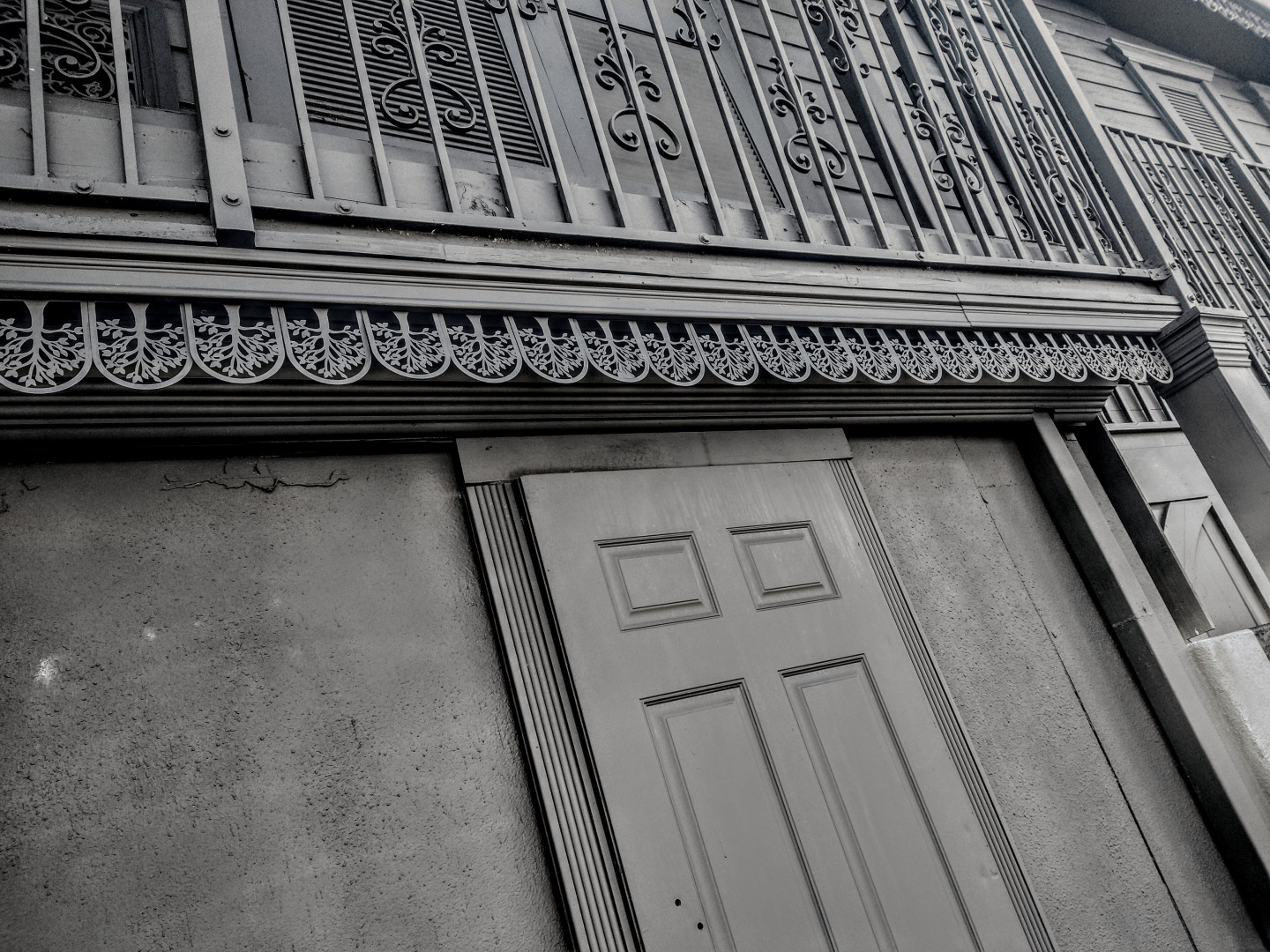
Let’s talk shop? Tell us more about your career, what can you share with our community?
I’m a scenic artist and designer specializing in immersive experiences and themed spaces — from theme parks and bars to open-world theater productions and walkthrough installations. This is literally my childhood dream job, but it took me forever to actually pursue it. I spent way too long talking myself out of it, believing it wasn’t practical, stable, or even possible. Joke’s on me: it’s the most real thing I’ve ever done. I don’t have formal training in scenic design, but I do have an extensive fine art and oil painting background, plus some construction experience. When the opportunity came along to do scenic painting at Lost Spirits Distillery in 2018, I jumped at it and held on. After a few years and some luck, I found myself designing full-scale environments.
Visually, I’m fascinated by the ways texture amplifies atmosphere. In a color-saturated world, I’m more interested in what the surface itself is saying: how light moves across grit or gloss, how a rough wall absorbs mood, how layers of paint and wear whisper history without shouting. The first space I designed, The Rising Sun, is a perfect example. It’s a moody, French Quarter-inspired sidewalk café painted entirely matte black, embellished with cast iron, brick, and wood. No loud colors — just texture doing the talking. It’s my tribute to the tactile beauty of New Orleans architecture, built to invite passersby to linger or snap a photo. The fact that the founders at The Obscure responded so positively — and trusted me to fully execute my vision on such a prominent exterior — gave me real creative confidence. It was the biggest “canvas” I’d ever had, and I’m grateful the space resonates so strongly with visitors.
Like the environments I build, my tools and processes are mostly analog: hand drafting, full-scale mockups, physical models, and material studies. I’m not anti-digital — just fluent in the real world. I’ll pick up software if I need to but usually my clients just want someone who can walk onto a site, look at what’s actually there, and immediately start troubleshooting. Thinking in terms of materials, structure, and physical process — not pixels — is where I do my best work.
A big shift in my artistic philosophy occurred when I recognized and accepted the creative push of limitations. I used to think “constraints spark creativity” was just a polite way to justify budget cuts. Now, I swear by it. Tiny budgets, odd site limitations, creative pivots — they force you sideways, toward solutions you’d never have considered if you had a blank check. That kind of pressure is exactly why I love micro-budgets and salvaged materials. There’s something deeply satisfying about making something beautiful and functional out of leftovers — and still coming in under budget.
Currently, my day job is at Knott’s Berry Farm, building monsters, props, and general scenic chaos for the next haunt season. The shop is filled with artists from wildly different backgrounds — mold makers, sculptors, painters, FX makeup artists — each with their own unique approach. There’s a constant exchange of knowledge there, pushing me into creative territory I would never have encountered on my own. Coming into this career sideways taught me something important: when you’re finally on your right path, the sense of momentum, focus, and drive is unmistakable. Even when it’s challenging, there’s a clarity and direction that can’t be faked. I might have stumbled into this career a bit accidentally —perhaps a little late — but it’s undeniably the best turn I’ve ever made.
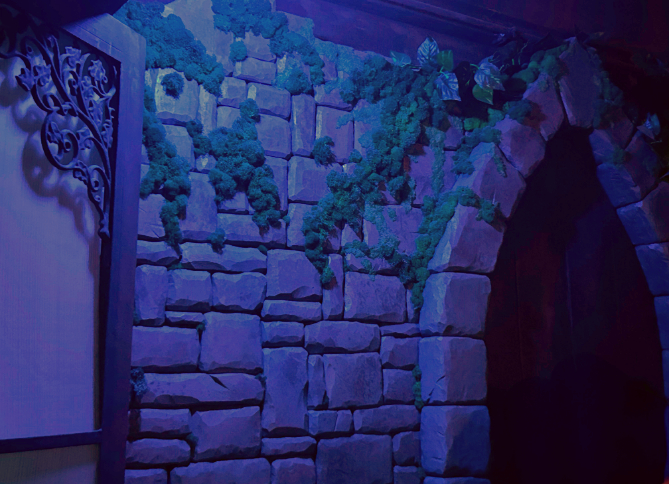
Let’s say your best friend was visiting the area and you wanted to show them the best time ever. Where would you take them? Give us a little itinerary – say it was a week long trip, where would you eat, drink, visit, hang out, etc.
I was born and raised in LA, and before I was a scenic artist, I was a tour guide buzzing all over the city, narrating LA’s tangled history, neighborhoods, textures, half-truths, and the strange patchwork that keeps it alive. I love this question. First thing to know: LA isn’t really a city — it’s a tangle of overlapping neighborhoods stitched side by side. You don’t conquer it — you wander it.
I’d start on the Westside, in Venice Beach. Watch the skateboarders and surfers put on a show in the waves and at the skatepark. Then walk the canals from Venice Boulevard down to Washington Boulevard — an oddly peaceful stretch of waterways and homes tucked behind the boardwalk chaos. Just know the water level fluctuates, and sometimes it’s more dry creek than dreamy lagoon — but still worth it for the old footbridges, layered architecture, and a few movie locations you’ll recognize. Wrap it up with a bite at The Whaler or any spot on Washington Square.
Next, cut east along Wilshire. It’s my favorite way to feel LA change block by block — streamlined Deco gems like Bullocks Wilshire, sudden glass towers wedged up against relics from the ’20s. When you pass through Koreatown, stop at Dan Sung Sa for skewers, beer, and a vibe like you’ve stepped into a back-alley tavern half a century ago. It’s best late, when nobody’s sober, but tables can be scarce, so go early if you want a better shot.
Downtown and the Arts District are a glorious cacophony of food — mentioning even one spot without the others would turn this into a novel. After you’ve eaten well, walk the Arts District for some mural-spotting. If you’re still in the neighborhood after dark, go to The Obscure. Yes, I helped design and build it — so I’m biased — but it’s also been called the top cocktail experience in the country for a reason. You don’t just get a drink — you’re pulled into a story that rewrites how you think about spirits, cocktails, and possibility. When you drift back out, you’re already at The Rising Sun outside — a moody, French Quarter-inspired sidewalk café perfect for beignets or an impromptu photoshoot. If you’re not ready to return to the “real world” just yet, swing by Outfits and Oddities — an eccentric boutique, sometimes music venue where the nights tilt off-center in the best possible way. (Check schedule and ticketing for The Obscure and Outfits and Oddities.)
When daylight calls, wander Griffith Park slowly. Not just the Observatory, but the hidden trails, old zoo ruins, horse paths, and movie sites tucked under the trees. I always recommend a good tour at this location — someone with a knack for secret history, back routes, and parking spots. You’re close enough that after Griffith Park, you might find yourself on Hollywood Boulevard’s Walk of Fame. If you become disillusioned by it (you will), duck into the Hollywood Roosevelt Hotel and explore its hallowed halls. Old Hollywood’s still alive and well behind her doors.
End the week at Harvelle’s in Santa Monica for The Toledo Show a symphony funk, acid jazz and dancing girls. The low ceilings, sticky floor, and thick energy let you know you’ve found something real and alive.
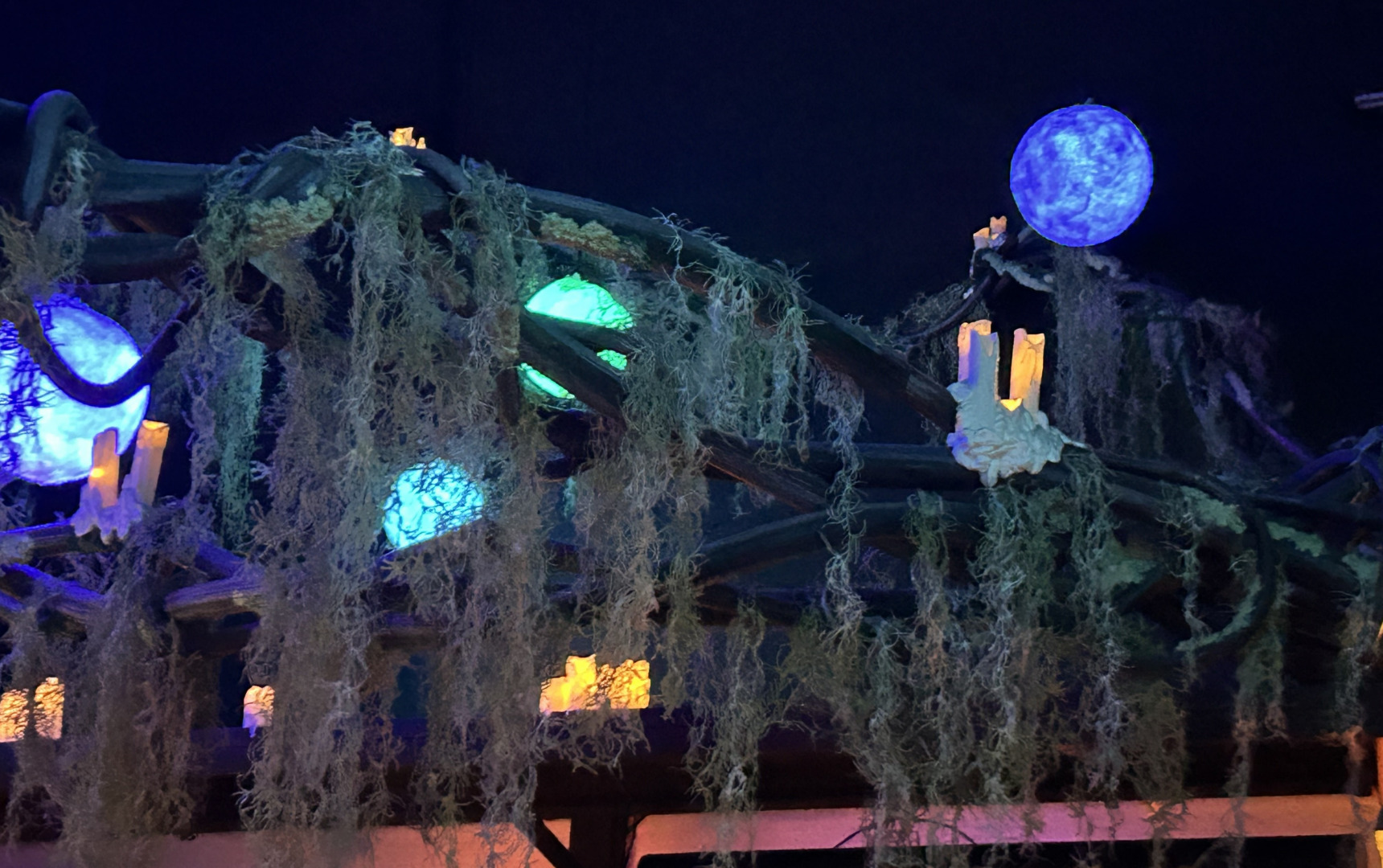
Shoutout is all about shouting out others who you feel deserve additional recognition and exposure. Who would you like to shoutout?
Katie O’Neill, no contest. Katie is an LA oil painter and the woman who taught me how to paint — but more than that, she taught me how to see. I studied with her all through my adolescence, and use techniques she taught me ever single day. Her approach is deeply traditional — classical oil painting, proper color theory, tone, value — but her way of teaching is so candid and easy that you don’t realize how much you’re absorbing until you’re suddenly better. She’s the gold standard of real art fundamentals, but she leaves space for your own vision to grow. Anyone who’s ever sat in her studio knows: you walk out seeing the world sharper than when you walked in.
Instagram: @felonious_art
Other: portfolio-
https://new.express.adobe.com/publishedV2/urn:aaid:sc:VA6C2:23bc09b5-5e59-43b5-beeb-625ff4abf0e4?promoid=Y69SGM5H&mv=other
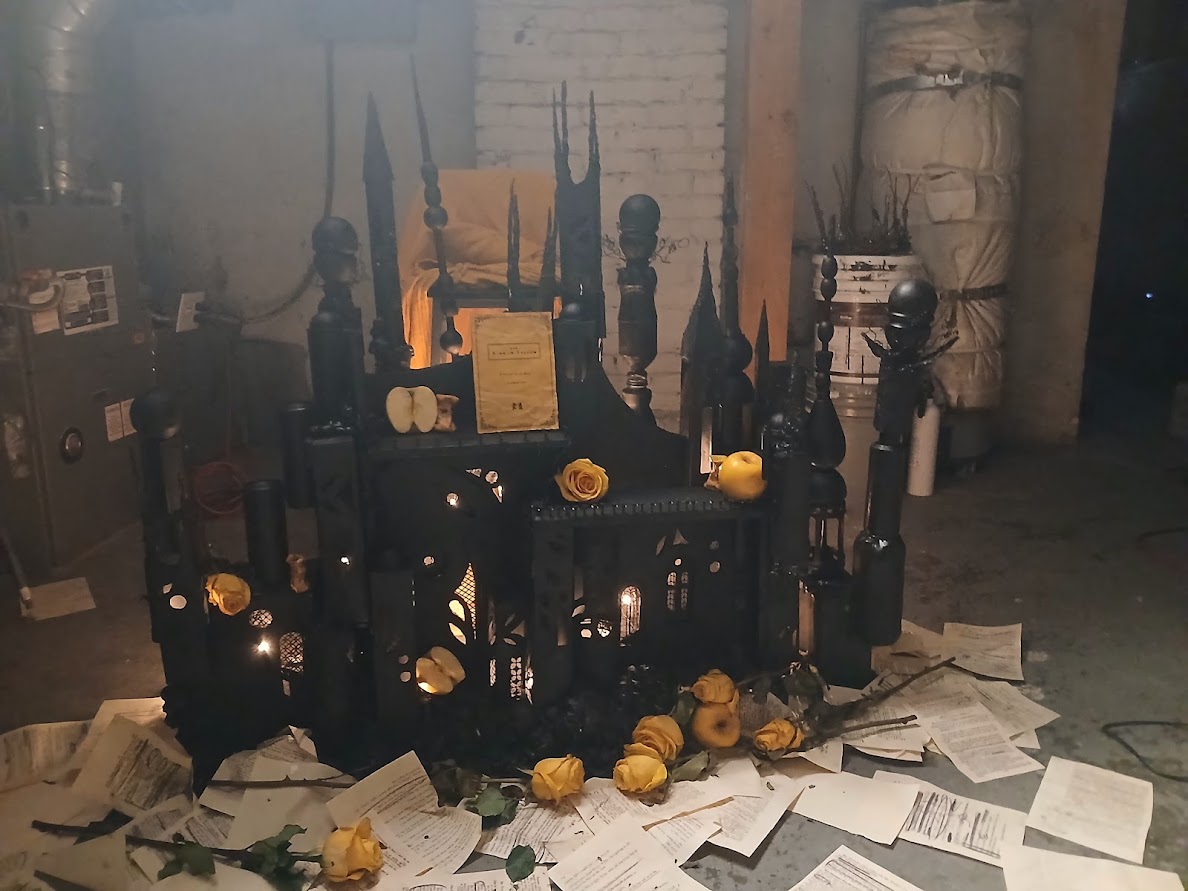


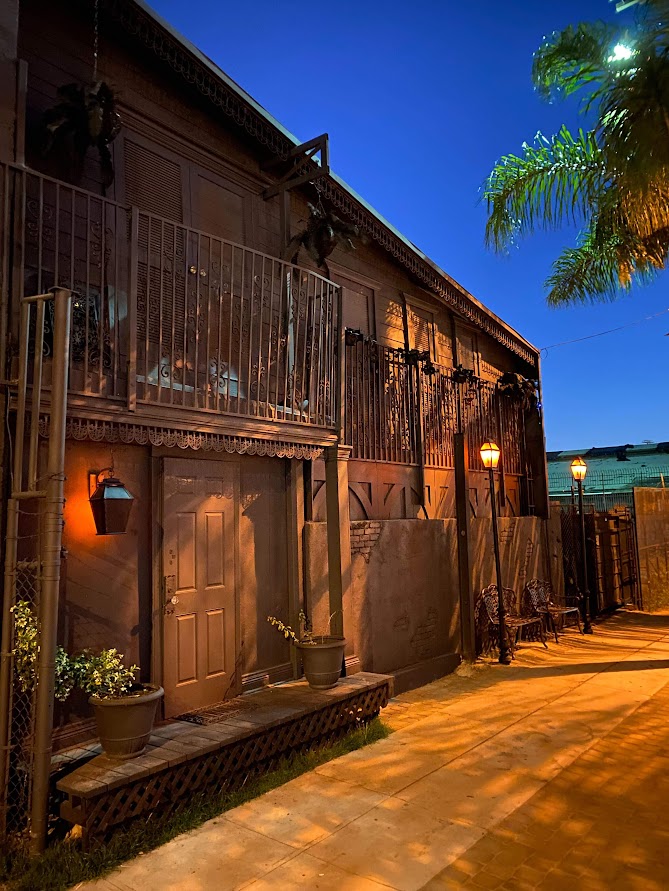
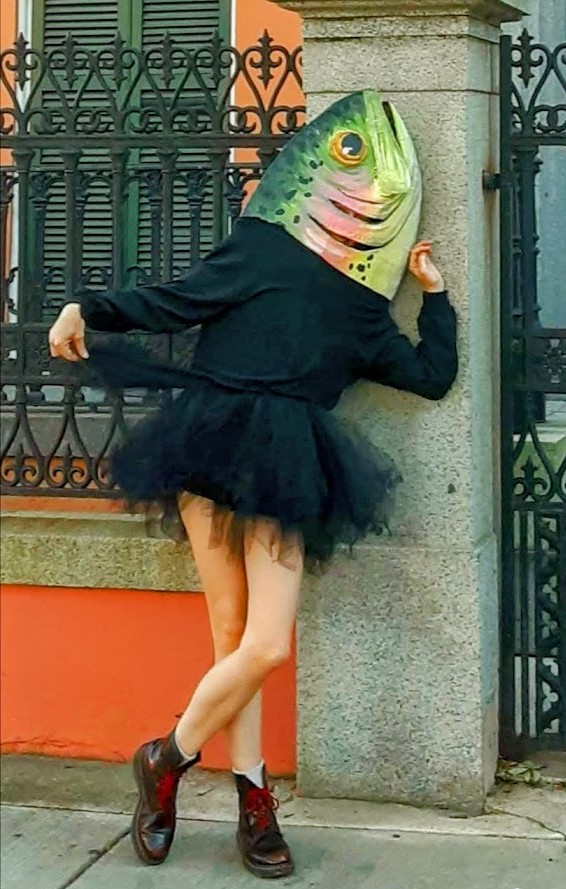
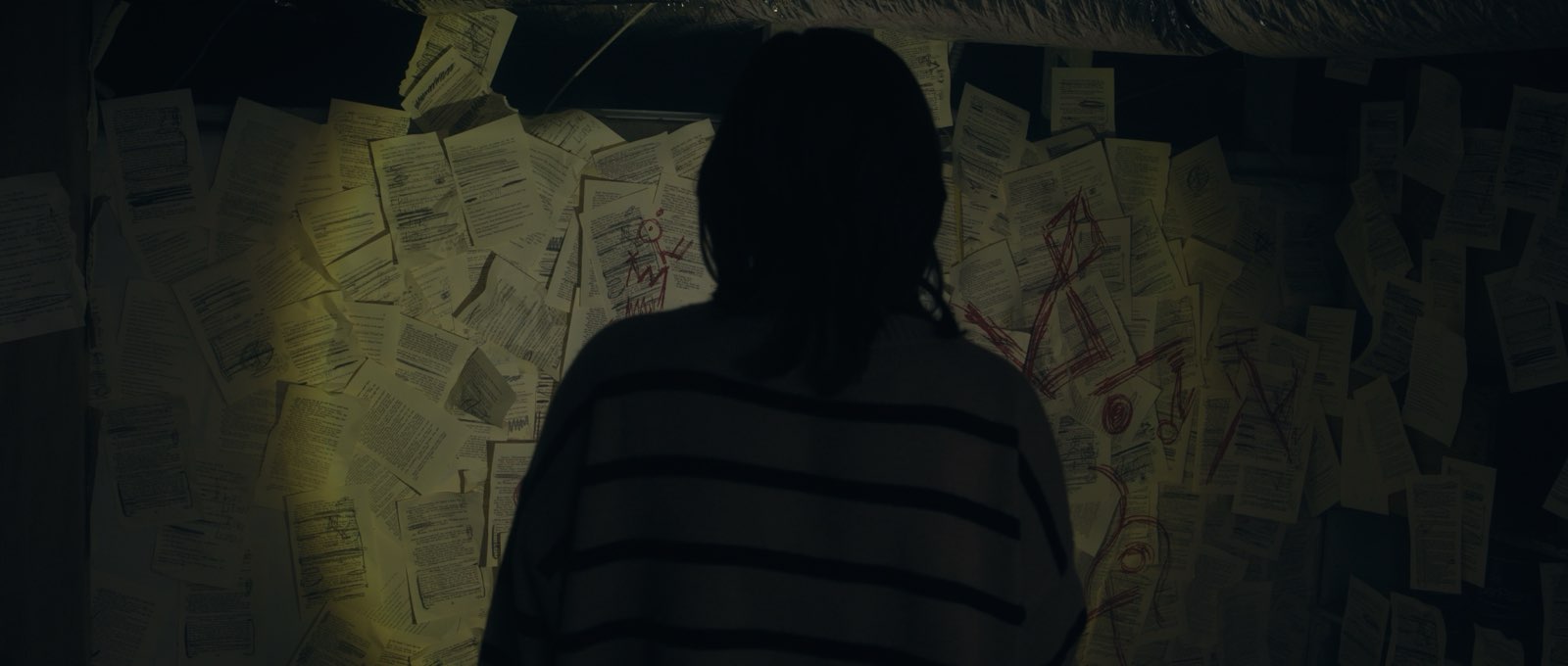
Image Credits
Sam Shapson, Sam Burnett, Thor Von Presley
